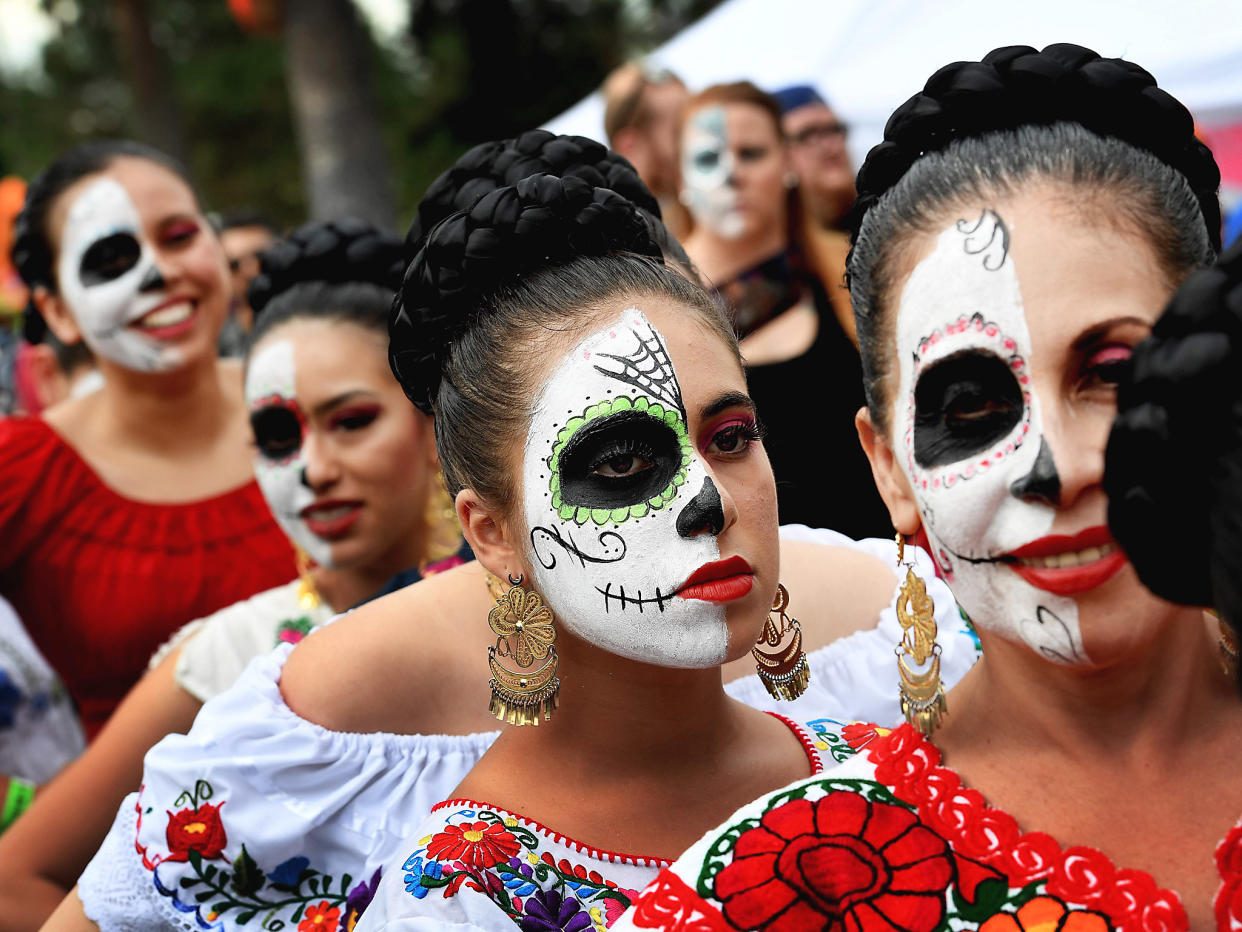Day of the Dead: Four things you may not know about the celebration

Thursday marks the end of the Dia de los Metros festival, a time of celebration and remembrance of friends and family who have died and embarked on their spiritual journey through the afterlife.
The two-day festival stems is the continuation of ancient Aztec rituals meant to honour those who had died during the year. During the festival, people are encouraged to gather and pray to help those who have recently departed on their spiritual paths.
During the festival, families and communities gather to hold vigils and parties in honour of those they’ve lost. They decorate alters to commemorate the deceased, often decorating those alters with the deceased’s favourite foods or personal items, with the hopes that spirits will bless the loved ones.
Here are some things you may not know about the Day of the Dead festival.
It’s not Halloween, and it’s not supposed to scare anyone
While the subject is understandably upsetting for many, people celebrating this festival tend to leverage symbols of death alongside a point of death that there is humor in death. Festival celebrators tend to believe that death is something that should be celebrated in a lively way, and not something to be afraid of.
The serious tone of Day of the Dead is accompanied by rich and colourful decorations. The carnivalesque atmosphere, and the sugar skulls, are a representation of the belief that death is simply a continuation of the life cycle.
The festival is primarily celebrated in Mexico, but can be seen in many parts of Latin America
The Mexican festivities are by far the best known, but Mexican communities in America and South America also take the time to celebrate death each year.
But Mexico isn’t thought to have been the source of the celebrations. Instead, modern celebrations have been traced back to the Philippines, which was governed from Mexico City by the Viceroyalty of New Spain in the 1500s.
In the Philippines, families are known to spend the night in graveyards playing cards and drinking.
The festival is also seen celebrated in Brazil, Ecuador, and Belize. Those individual celebrations tend to have their own small variations on the celebration as a whole.
The colors of the skull and face paints have specific meanings
Yellow represents sun and unity because — under the sun — we are all the same.
White is used to depict the spirit, and purity.
Red represents life, or, more specifically, the blood of life.
Purple represents the understandable mourning that is felt by those who lose loved ones.
Pink signifies happiness.
Flowers, butterflies, and skulls represent are used as symbols
The scent of the Marigold is thought to help lead spirits back from the cemetery to their family homes. Monarch butterflies are thought to represent the soul of the departed. Sugar skulls aren’t morbid, they’re a representation of the cyclicality of life as we know it.

